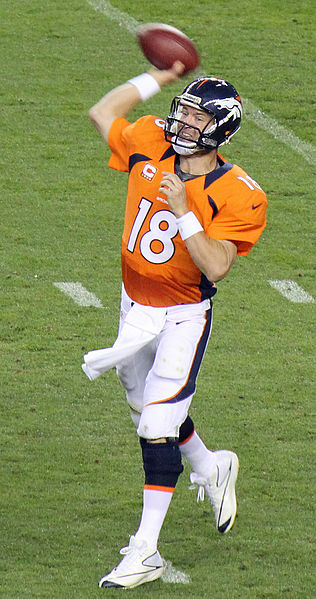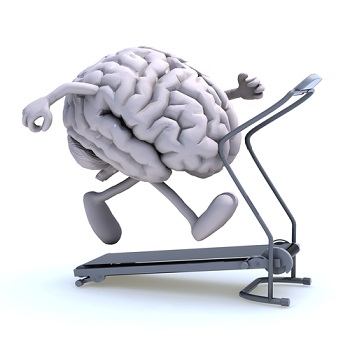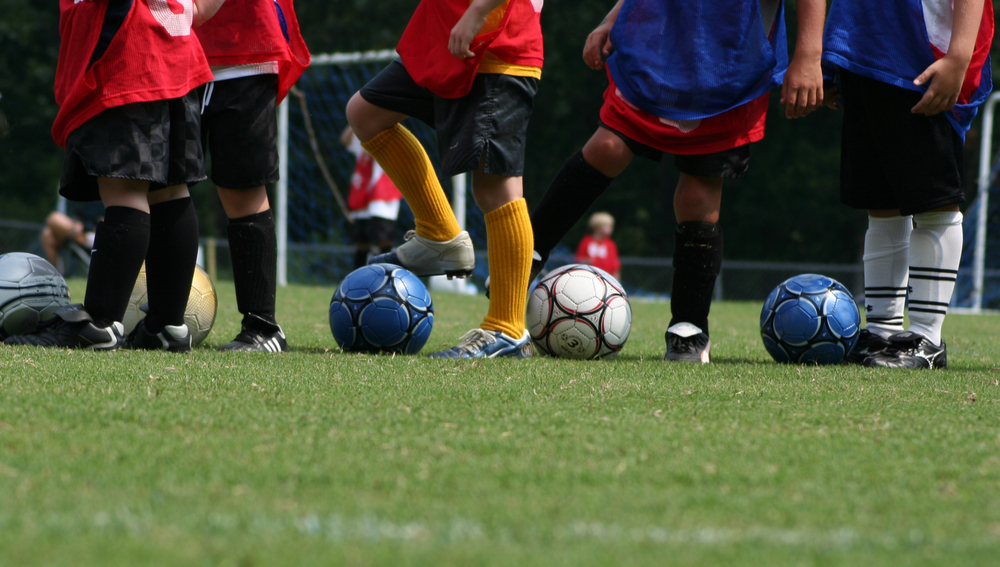Rewiring Peyton Manning’s Brain
By Dan Peterson, TeamSnap’s Sports Science Expert
Before his record-breaking MVP season in 2013, Peyton Manning wasn’t sure if he would ever play football again. After surgeons removed the bulging cervical intervertebral disc in his neck, the pain was gone, but the cognitive rehab learning process was just beginning. Damage to the surrounding nerves along with new metal hardware holding the vertebrae together above and below the injured area caused a communications disruption between Manning’s brain and that well-trained right arm. The result was a future Hall of Fame quarterback having to relearn how to throw a football.
"I'm not 100 percent compared to what I was before my surgery, but I have made strides each season and this year felt a lot better than the year before," Manning recently told David Letterman. "But these nerves just go at their own pace. It's not like it's going to have this immediate recovery one day."
You could tell he had been listening to his surgeon and neurologist, as well as doing his homework.
"It was weak and I lost awareness of my arm in space, a proprioception issue," Manning explained. "So I just used to sit in front of a mirror and go through my throwing motions, trying to get the feel back the way I always had thrown before. I was trying to throw to some receivers, so I would throw to you and the ball would go (points finger) there. That was very scary. I don’t make the same kind of throws I used to make, I try to use the cerebral part, use my experience.”
That communication path between the brain and the muscles is a two-way street. As much as a QB’s arm waits for a go signal to throw that fade route, the brain also relies on input from the eyes, ears and even the fingers on the ball. Getting the timing of these signals right in both directions is key to the fluid motion we’re used to seeing from top players like Manning.
Krishna Shenoy, professor of electrical engineering and neurobiology at Stanford University, has been working on this sequencing question for over a decade. His goal is to develop smarter prosthetic arms that can communicate with the brain just like the real thing, not for throwing pinpoint passes, but to give back everyday functionality to amputees.
In a recent study, published in Neuron, Shenoy and doctoral student Katherine Cora Ames looked at this neural communications path for planned versus unplanned arm movements.
Consider Manning walking to the line of scrimmage after calling a play in the huddle. His brain knows its assignment and the motions about to begin. Neurons begin to prepare a plan, recalling patterns that have been learned through years of repetitive practice.

Unfortunately, the opposing defense decides to disrupt this perfect play call with some surprises of their own. Now Manning needs to react instantly to new information, new adjustments that disrupt his motions. Shenoy and Ames wanted to know if the brain instantly prepares a new “prepare and hold” instruction set to react to the new information or if it just wings it with a “sense and go” model.
Using monkeys in their lab, they prepared three different tests involving reaching for a target on a screen and touching it:
1. In the first test, the monkeys were shown the target but were trained to wait to touch it until told (a planned movement just waiting to happen).
2. Next, they were trained to touch the target as soon as it appeared (a completely reactive movement).
3. In the third test, the target was shown briefly in one spot then quickly moved (forcing a quick change in plans.) The primates’ brains were wired to record the electrical activity during each experiment.
In all three tests, brain activity showed that perception came first - the brain had to wait for visual information about the target’s location from the eyes. As expected, the planned movement in the first test showed the brain prepared a plan and just waited to execute it. Neurons were activated, ready to send a command to the arm.
However, for the second and third test, this “prepare and hold” strategy was tossed aside in favor of a more reactive “just go with it” plan.
This came as a surprise to Ames. "This study changes our view of how movement is controlled," Ames said. "First you get the information about where to move. Then comes the decision to move. There is no specific prepare-and-hold stage unless you are waiting for the signal to move."
The team prepared a short video describing their research.
One more piece of the puzzle solved! As Manning learned from watching himself in the mirror, his motor memory of throwing had some short circuits that needed to be repaired. And as he learned on the field last season, reacting to a blitzing linebacker requires a separate communication pattern to be reset. Everyone (except maybe the Seattle Seahawks) would agree that he’s almost back to his prime form.
NEW! Free Sports Organization Resources
All of TeamSnap's ebooks, articles, and stories in one place. Access Now
Similar Articles:

Your Brain Needs You To Exercise, Too
By Dan Peterson, TeamSnap's Sports Science Expert …
Read More

Why Young Athletes Need Time To Learn New Skills
By Dan Peterson, TeamSnap's Sports Science Expert …
Read More
Why Your Brain Needs A Consistent Follow Through
Coaches preach it endlessly: “Always finish with the…
Read More
